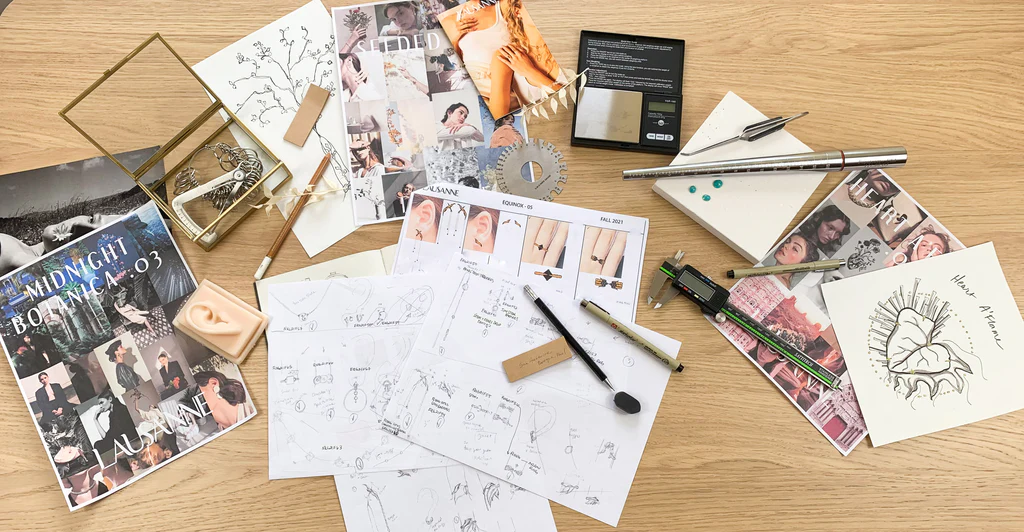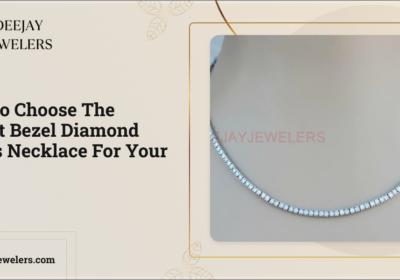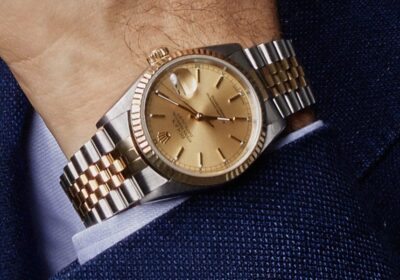
Behind the Scenes: An Inside Look at the Making of Handmade Jewellery
Handmade jewellery has become increasingly popular due to its unique designs and personal touch. While mass-produced jewellery is readily available and often more affordable, handmade jewellery offers craftsmanship and attention to detail that sets it apart. Understanding the behind-the-scenes process can provide insight into the dedication and skill of creating each piece.
Designing the Jewellery
The initial step in creating handmade jewellery is the design process. Jewellery makers typically start with an idea or inspiration and sketch out a rough design. Once the design is finalized, they carefully select the materials they will use in creating the piece. The choice of materials can greatly affect the final outcome of the piece, so jewellery makers carefully select high-quality materials that complement the design.
Crafting the Jewellery
The next step is crafting the jewellery. This involves preparing the metal or other material, shaping and soldering, setting stones, and polishing and finishing the piece. Each step requires precision and attention to detail to ensure a high-quality finished product. Jewellery makers may use various tools to achieve the desired shape and texture of the piece. Some tools, such as pliers and hammers, are basic, while others are more specialized, such as a jeweller’s saw or a polishing wheel.
Personalization and Customization
One of the benefits of handmade jewellery is the ability to incorporate personal touches and tailor the piece to customer preferences. Communication between the jeweller and customer is crucial to ensure that the final product meets the customer’s expectations. Jewellery makers may work with customers to incorporate specific gemstones or create a unique jewellery design that reflects the customer’s style.
Quality Control
After finishing the piece, it undergoes a thorough inspection to ensure durability and longevity. Any necessary adjustments are made before the piece is considered complete. Jewellery makers take great pride in their work and want each piece to be of the highest quality. This includes ensuring that the piece is comfortable to wear and that any gemstones are securely set.
Marketing and Sales
Creating a brand image and showcasing the jewellery are crucial in building a customer base. Handmade jewellery makers often rely on word of mouth and social media to promote their products. They may attend craft fairs or sell their products online through platforms such as Etsy or their own website. Building a customer base can take time, but as customers become familiar with the quality and uniqueness of handmade jewellery, they may become loyal customers.
Conclusion
In conclusion, creating handmade jewellery is a labor of love that requires skill, precision, and dedication. Each piece is unique and reflects the jewelry maker’s craftsmanship and attention to detail. Supporting handmade jewellery artists is not only a way to invest in unique, high-quality pieces but also a way to support small businesses and artisans.
FAQs
1. What materials are commonly used in handmade jewellery?
Handmade jewellery can be made from various materials, including precious metals (gold, silver, platinum), gemstones, beads, and natural materials like wood or leather.
2. How long does it take to create a handmade jewellery piece?
The time it takes to create a handmade jewellery piece varies depending on the complexity of the design and the jeweller’s skill level. It can take anywhere from a few hours to several weeks to complete a piece.
3. How can I find reputable handmade jewellery artists?
Researching online or visiting local craft fairs and markets are good ways to find handmade jewellery artists. Checking online reviews and requesting recommendations from friends or family can also be helpful.
4. Is handmade jewellery more expensive than mass-produced jewellery?
Handmade jewellery is typically more expensive than mass-produced jewellery due to the time and effort that goes into creating each piece. However, the cost can vary depending on the materials used and the complexity of the design. While mass-produced jewellery may be more affordable, handmade jewellery offers a level of craftsmanship and attention to detail that cannot be matched.
5. How do I care for handmade jewellery?
Caring for handmade jewellery is similar to caring for any other type of jewellery. It’s important to keep and store it clean to prevent damage. Some handmade jewellery may require special care, such as pieces with delicate gemstones or intricate designs, so it’s important to follow the care instructions provided by the jeweller.
6. What are some benefits of buying handmade jewellery?
One of the main benefits of buying handmade jewellery is the unique designs and personal touches often incorporated into each piece. Handmade jewellery is also typically made with high-quality materials and requires skill and craftsmanship that mass-produced jewelry cannot replicate. Additionally, buying handmade jewellery supports small businesses and artisans, which can positively impact local economies.
7. Can I request a custom design from a handmade jewellery maker?
Yes, many handmade jewellery makers offer custom design services. This allows customers to work directly with the jeweller to create a piece that reflects their style and preferences. Custom design services may involve additional fees, depending on the complexity of the design and the materials used.

















